Janka stays on course for World Cup success
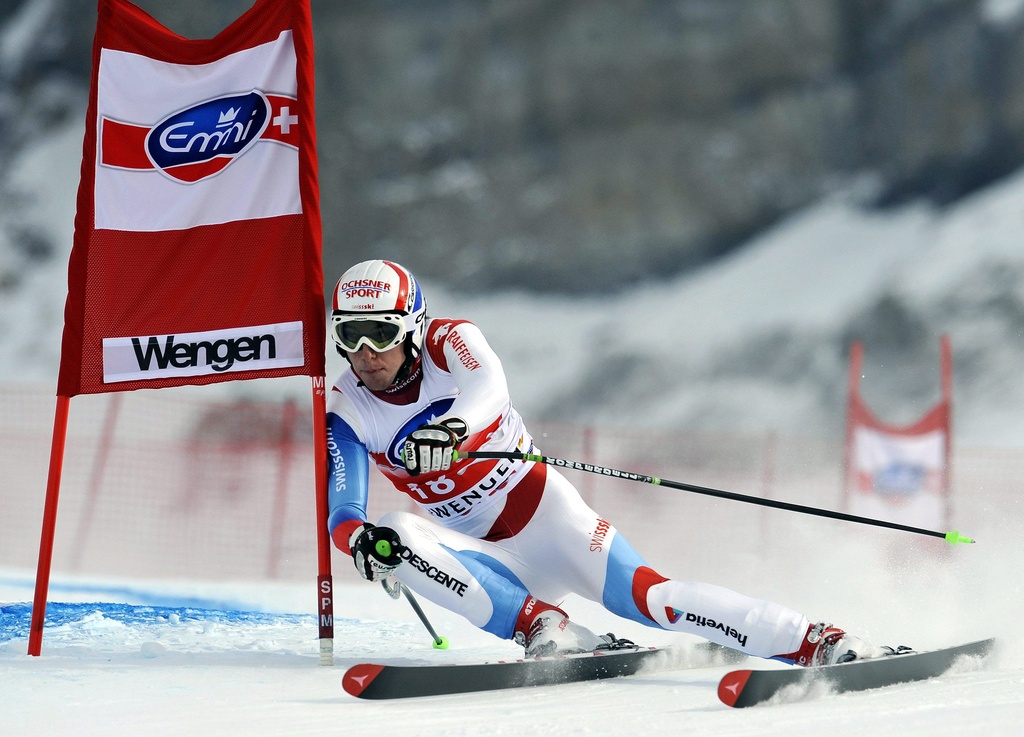
Carlo Janka was in top form at the prestigious Lauberhorn downhill on Saturday, taking his fourth World Cup victory of the season.
He came in 0.66 seconds ahead of Manuel Osborne-Paradis of Canada, while Marco Büchel of Liechtenstein – who trains with the Swiss team – was third, 0.82 seconds behind.
“Winning in Wengen is the dream of any Swiss skier,” said Janka after the race. “It’s a perfect day for me.”
Nicknamed the “iceman” for his ability to keep a cool head, he nevertheless downplayed his achievement.
“I just race at the moment. I’m in good shape… and I have a good feeling on the skis. When I’m on the start, I can focus on my run and the pressure is away.”
The 23 year old, who won his first podium place in 2008, hit the headlines in December when he swept all three races in Beaver Creek in Colorado.
“He is one of the best skiers I have ever seen,” commented Büchel.
Notching up success
Janka, who was second in Friday’s Lauberhorn super-combined, is now back at the top of the overall World Cup rankings, overtaking Benjamin Raich of Austria. Raich did not compete in the event near the Bernese Oberland resort of Wengen.
In the downhill rankings Janka currently stands second, 12 points behind fellow Swiss Didier Cuche. Cuche is third in the overall ranking.
However, there was disappointment for Switzerland’s other two main podium hopes. Cuche, who has never won at Lauberhorn, was joint fifth, and Didier Défago, last year’s winner, was seventh.
Another Swiss, Patrick Küng, was 11th, while Tobias Grünenfelder was 23rd. Ambrosi Hoffmann, who fell during training, did not compete.
Drawing the crowds
The downhill – in which Switzerland had had a realistic chance of winning all three podium places – attracted huge crowds. Even before the sun had properly risen over the mountains, thousands of motorists were stuck in jams on the motorway between Bern and Interlaken.
Huge queues formed at the station in Lauterbrunnen for the train which is the only means of reaching car-free Wengen.
The organisers estimated the number of spectators at a record 32,000.
The Lauberhorn is in any case one of the major Swiss sporting events. This year more than a million people watched it on Swiss German-language television alone – more than the number who tuned in to watch Roger Federer win his 15th Wimbledon title.
The course, the longest on the World Cup circuit at nearly four and a half kilometres, is known for its narrow stretches – including a tunnel under the railway – and sections named after events and competitors in previous races, like the Canadian Corner, the Austrian Hole (where most of the Austrian competitors fell in 1954) and the Kernen-S, named after the 2003 winner Bruno Kernen.
Criticism
Nevertheless, the organisers were subjected to much criticism this year, as a result of the changes they have made to the course to improve its safety. A number of former competitors have made their views clear in different media outlets.
Kernen described the levelling of the final jump as a “castration of the Lauberhorn”, while the American Bode Miller – who this year fell just before the finishing point, but who won in 2007 – said he was glad he first came long enough ago to have experienced the course “with its full teeth”. He accused the organisers of taking away “more teeth” every year.
Not everyone agrees with the former champions. Cuche is strongly in favour of security.
“For some retired sportsmen, everything was better, faster, and more difficult before. But a former racer can’t know what is really happening on the piste. Skiing is going in a more and more extreme direction, and the borderline between speed and a fall is getting narrower and narrower,” he told the Blick newspaper.
Viktor Gertsch, who has headed the organising committee for 40 years, also defended the changes.
“Every year we walk down the piste with officials from the International Ski Federation and discuss the improvements to be made for the next race,” he told swissinfo.ch.
He said that every effort was made to keep the bumps when the piste was being prepared.
Saturday’s turnout shows that the Lauberhorn has not lost its ability to thrill – and Janka certainly managed to thrill the home crowds.
swissinfo.ch and agencies (with input from Samuel Jaberg in Wengen)
1. Carlo Janka (Switzerland) 2:32,23 min
2. Manuel Osborne-Paradis
(Canada) 2:32,89
3. Marco Büchel (Liechtenstein) 2:33,05
4. Werner Heel (Italy) 2:33,06
5. Andrej Jerman (Slovenia) and Didier Cuche (Switzerland) both 2:33,09
7. Didier Defago (Switzerland) 2:33,61
8. Peter Fill (Italy) 2:33,70
9. Klaus Kröll (Austria)
2:33,83
10. Georg Streitberger (Austria) 2:33,86
The 80th International Lauberhorn Ski Races take place from January 15 – 17 at Wengen in the Bernese Oberland.
The Lauberhorn downhill and the Streif in Kitzbühel are the two classics on the ski calendar. The Lauberhorn is the equivalent of what Wimbledon is for tennis, Monte Carlo for Formula 1 and Paris-Roubaix for cycling.
The course, the longest on the World Cup circuit, is 4465m long. It starts at 2315m and ends at 1287m.
The super-combi took place on Friday, and the slalom will be held on Sunday.
The skiing weekend, with the Eiger, Mönch and Jungfrau in the background, is important for promoting tourism in the Bernese Oberland region.

In compliance with the JTI standards
More: SWI swissinfo.ch certified by the Journalism Trust Initiative
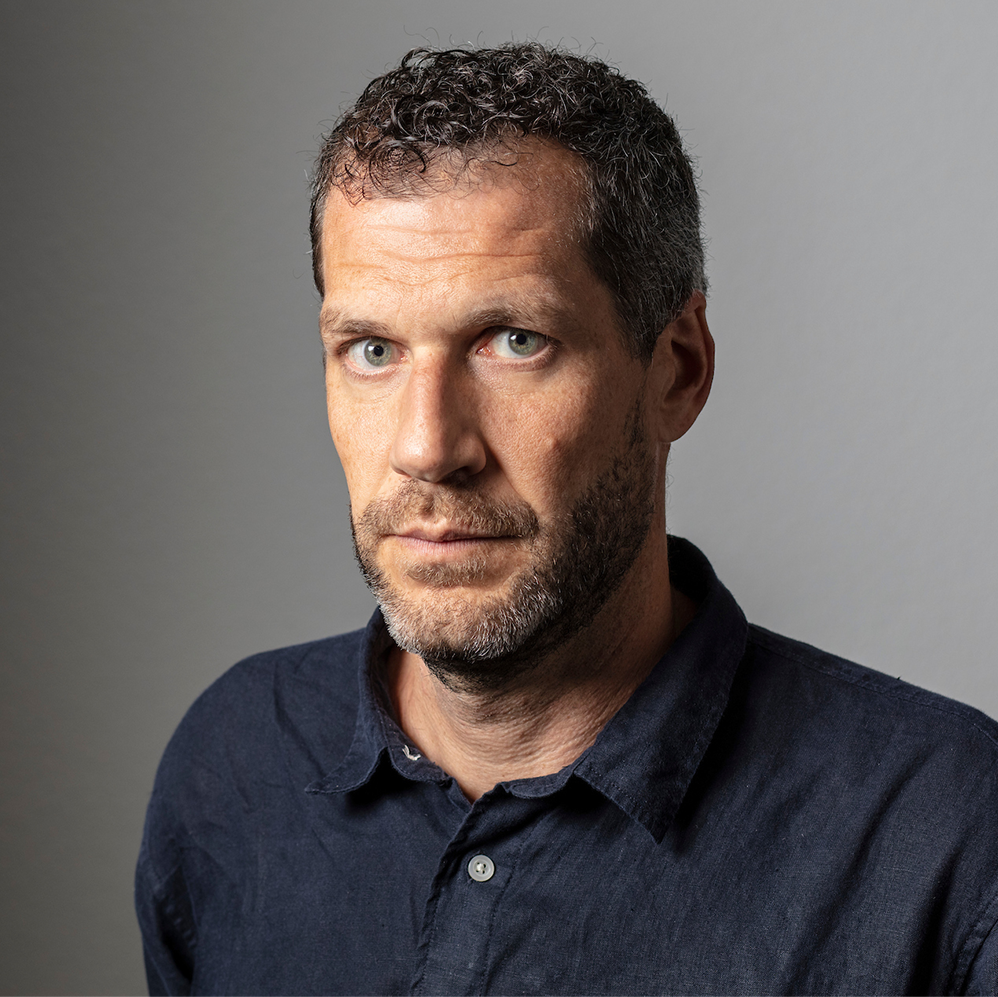
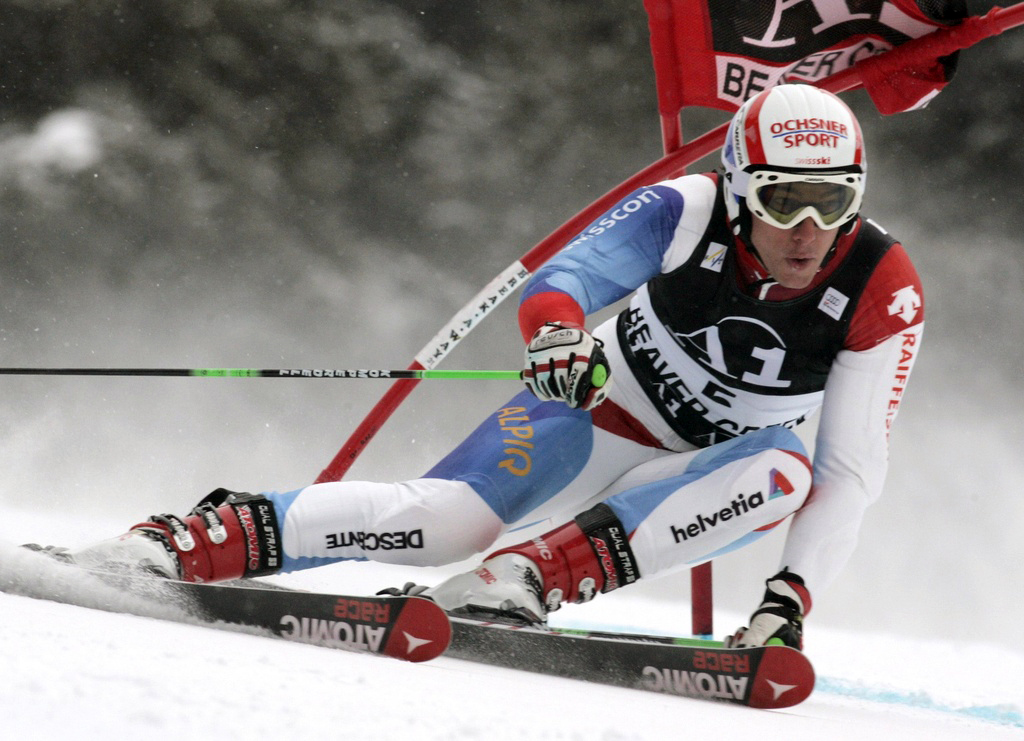
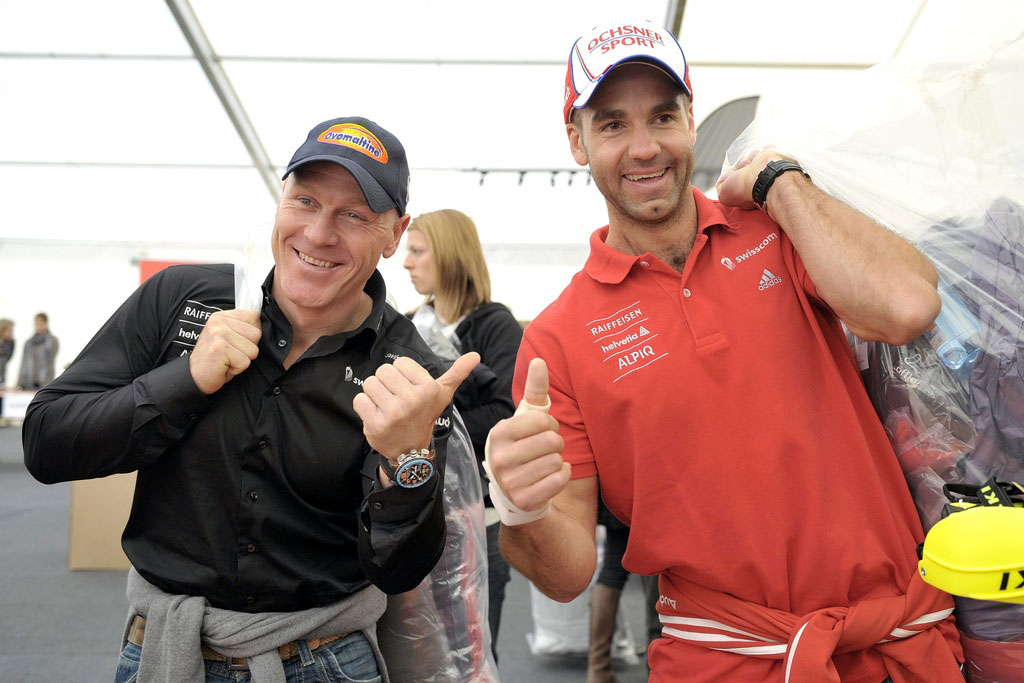
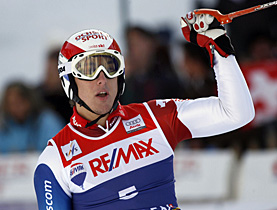
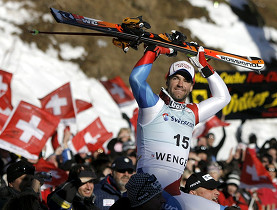
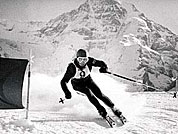
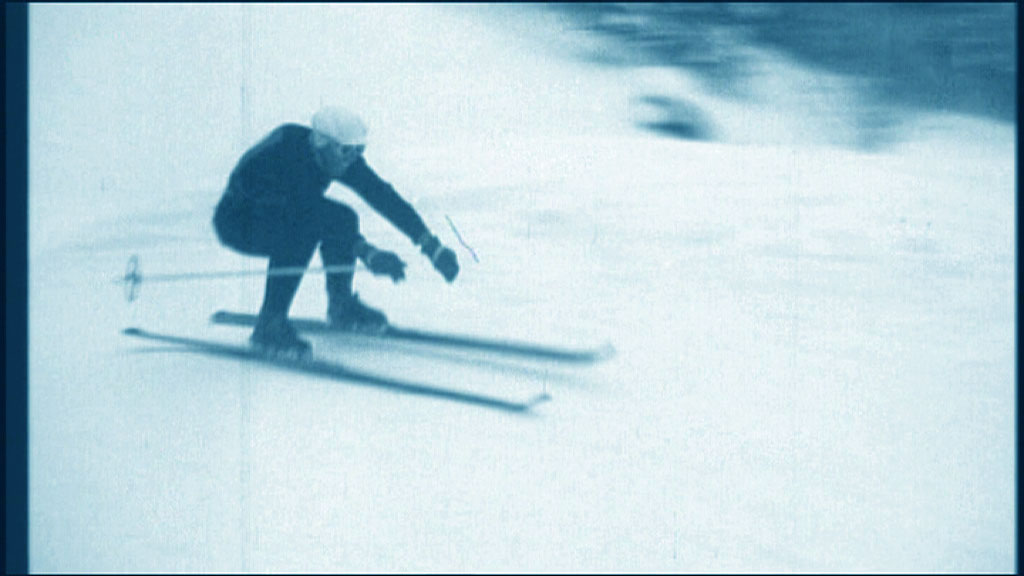
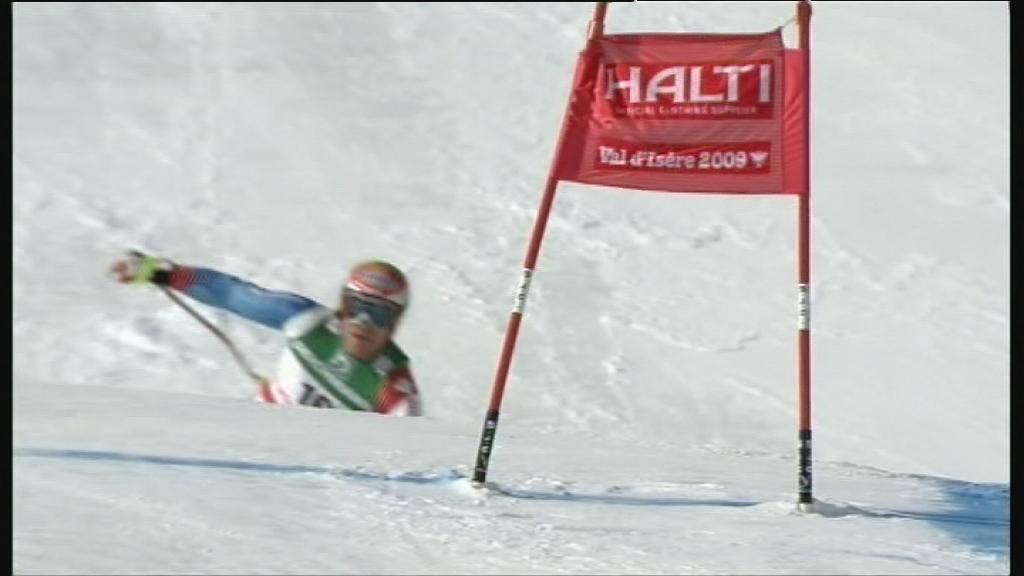
You can find an overview of ongoing debates with our journalists here . Please join us!
If you want to start a conversation about a topic raised in this article or want to report factual errors, email us at english@swissinfo.ch.